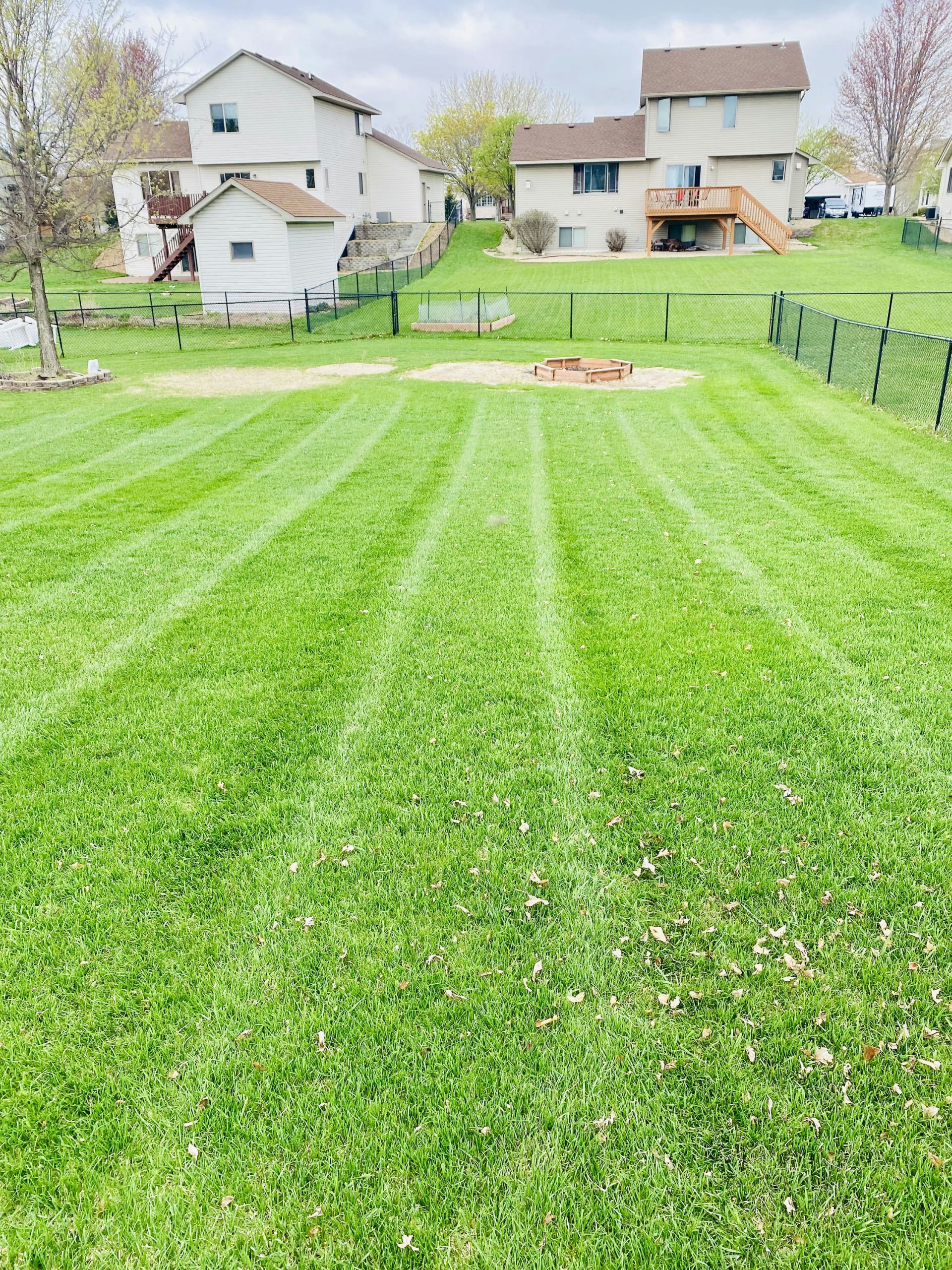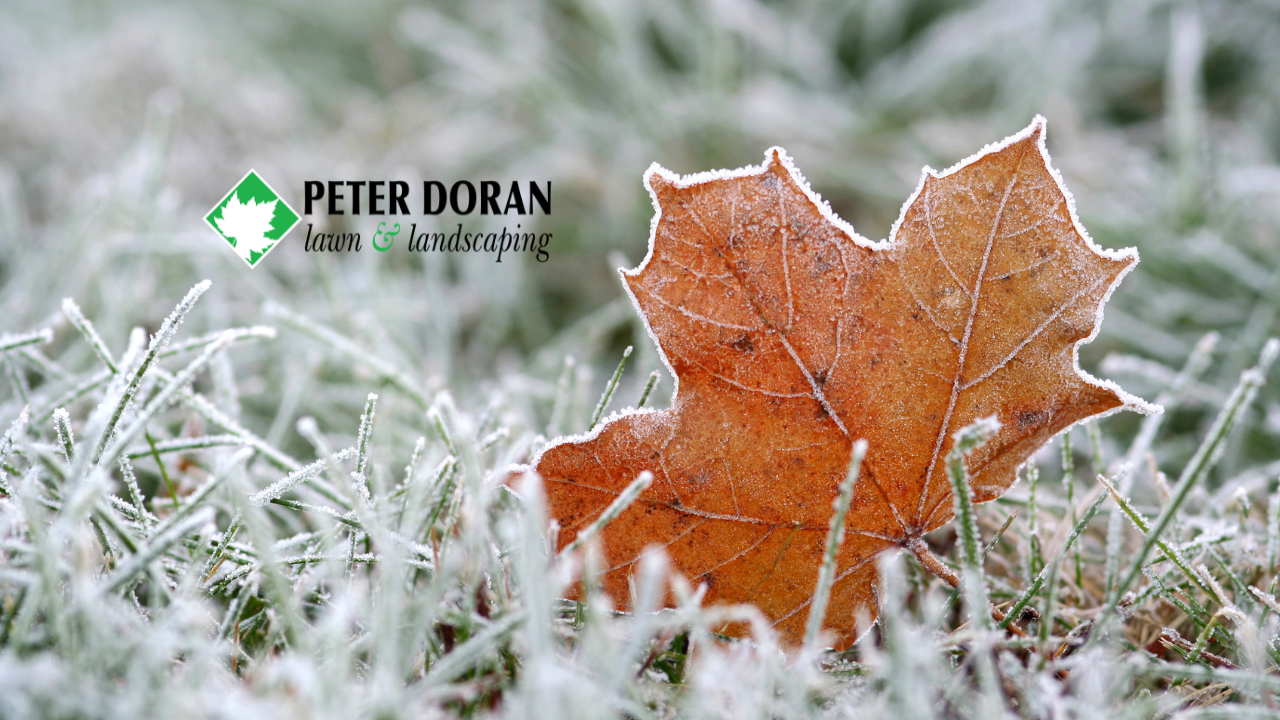Preparing Your Lawn for Winter: The Complete Guide to Fall Overseeding
Introduction
As the crisp autumn air begins to settle in, many homeowners and gardeners start thinking about preparing their lawns for the upcoming winter months. One crucial step in this preparation is fall overseeding.
Overseeding is the process of spreading grass seed over an existing lawn to fill in bare spots, improve turf density, and enhance overall lawn health. It’s a vital practice for ensuring your lawn remains lush and green, even as the temperatures drop. In this comprehensive guide, we’ll delve into the benefits of fall lawn overseeding, the optimal timing for this task, and the step-by-step process to achieve a thriving lawn. Let’s get started!
The Benefits of Fall Lawn Overseeding
Fall lawn overseeding offers numerous benefits that contribute to a healthier and more resilient lawn. Firstly, it significantly increases turf density and thickness. By introducing new grass seeds into your existing lawn, you create a fuller and more robust turf that can better withstand the rigors of winter. This increased density also helps to crowd out weed seeds, reducing the likelihood of weed infestations come spring.
Additionally, fall overseeding improves your lawn’s resistance to pests, diseases, and environmental stresses. A denser lawn is less susceptible to damage from pests and diseases, as the thick turf provides fewer opportunities for these issues to take hold. Moreover, overseeding with cool-season grasses like Kentucky bluegrass and perennial ryegrass ensures that your lawn remains green and vibrant throughout the colder months. Overall, fall overseeding enhances your lawn’s health and appearance, making it a worthwhile investment for any homeowner or gardener.
Understanding the Best Time to Overseed in Fall
Timing is crucial when it comes to fall overseeding. Several factors must be considered to determine the best time to overseed your lawn. The first factor is the weather. Fall is the best time for overseeding because the cooler temperatures and increased rainfall create ideal conditions for seed germination. Aim to overseed when daytime temperatures are consistently between 60 and 75 degrees Fahrenheit, as this range encourages optimal growth.
In addition to weather considerations, it’s essential to understand the specific needs of your lawn type and region. For example, if you have cool- season grasses, such as Kentucky bluegrass or perennial ryegrass, fall is an excellent time for overseeding. These types of grass thrive in cooler temperatures and establish strong root systems before winter. However, if you’re dealing with warm-season grasses, you may need to adjust your overseeding schedule accordingly. Consulting with a lawn care expert, such as Peter Doran Lawn, can provide valuable insights tailored to your specific lawn and location.
Steps to Prepare Your Lawn for Fall Overseeding
Before you dive into overseeding, it’s essential to prepare your lawn properly. Start by evaluating the current condition of your lawn. Look for bare spots, thinning areas, and signs of stress. This assessment will help you determine the areas that need the most attention during the overseeding process.
Next, mow your lawn to a shorter height than usual and dethatch if necessary. Dethatching removes the layer of dead grass and debris that can hinder seed- to-soil contact. Aerating your lawn is another critical step. Aeration involves creating small holes in the soil to improve air and water circulation, which promotes seed germination and root growth. Once your lawn is prepared, select the right grass seed for your needs. Consider factors such as the type of grass already present, your region’s climate, and the specific conditions of your lawn. Mixing different types of seeds can also be a good idea to ensure a diverse and resilient turf.
The Process of Fall Overseeding
With your lawn prepared, it’s time to overseed. Begin by broadcasting the seed evenly across the lawn. Using a spreader ensures consistent coverage and helps prevent overcrowding. After spreading the seed, lightly rake the lawn to ensure the seeds make good contact with the soil. This step is crucial for successful germination.
Watering is the next critical step. Keep the soil consistently moist, but not waterlogged, to encourage seed germination. Water lightly and frequently, ensuring the top layer of soil remains damp. This is especially important during the early stages of germination when the seeds are most vulnerable. Monitor the progress of your overseeding efforts closely. Look for signs of new grass growth and adjust your watering schedule as needed to support healthy development.
Maintenance Tips After Overseeding
Once the new grass starts to grow, proper maintenance is essential to ensure its success. Establish a regular watering schedule to keep the soil consistently moist. As the grass matures, gradually reduce the frequency of watering while increasing the amount of water per session. This encourages deep root growth and improves the lawn’s resilience.
Adjust your mowing practices to accommodate the new grass. Avoid mowing too early, as this can damage young seedlings. When you mow, use a sharp blade and cut the grass to a height of about 2.5 to 3 inches. Fertilizing is also important. Use a balanced seed fertilizer to provide essential nutrients for the developing grass. Be cautious not to over-fertilize, as this can harm the young plants.
Weed management is another crucial aspect of post-overseeding care. Keep an eye out for weeds and remove them promptly to prevent them from competing with your new grass. Regularly inspect your lawn for any signs of stress or disease and address issues promptly to maintain optimal growth conditions.
Common Mistakes to Avoid with Fall Overseeding
While fall overseeding can yield fantastic results, there are common mistakes to avoid. One such mistake is overcrowding the lawn with excessive seed. Over- seeding can lead to competition among seedlings, resulting in weak and thin grass. Follow the recommended seeding rates for the type of grass you choose to ensure healthy growth.
Neglecting proper soil preparation and maintenance is another pitfall. Failing to aerate, dethatch, or adequately water the lawn can hinder seed germination and growth. It’s essential to follow the recommended steps and invest time in preparing your lawn before overseeding.
Lastly, not following post-overseeding care instructions can jeopardize your efforts. Consistent watering, proper mowing, and timely fertilizing are crucial for the success of fall overseeding. Skipping these steps can lead to poor results and frustration.
Conclusion
In conclusion, fall overseeding is a vital practice for homeowners and gardeners looking to prepare their lawns for winter. By increasing turf density, improving resistance to pests and diseases, and enhancing overall lawn health, fall overseeding ensures a lush and vibrant lawn year-round. With proper timing, preparation, and maintenance, you can achieve outstanding results.
At Peter Doran Lawn, we specialize in helping homeowners and business owners achieve their lawn care goals. Our expert team can provide personalized advice and services to ensure your lawn thrives. Are you ready to take proactive steps for a lush, healthy lawn this winter?



